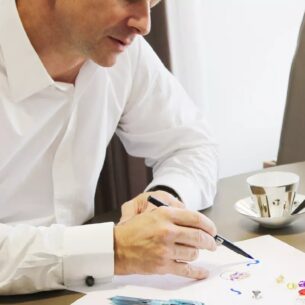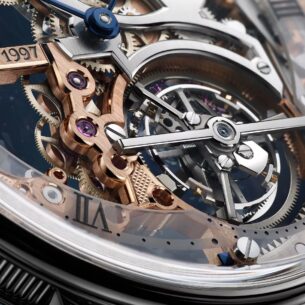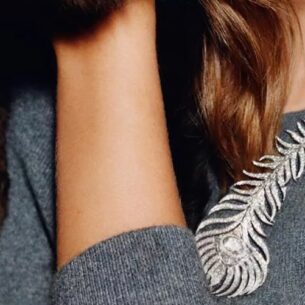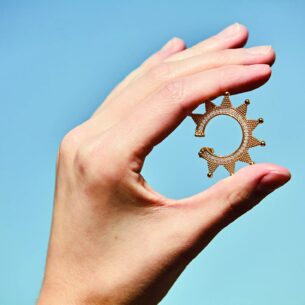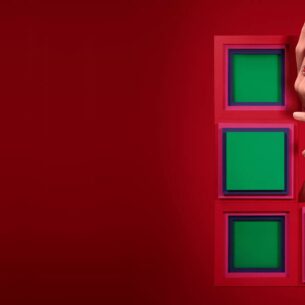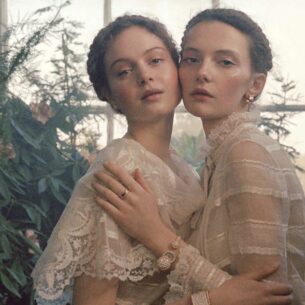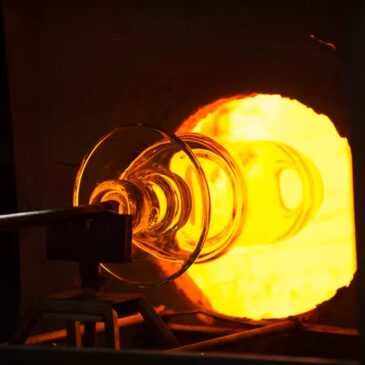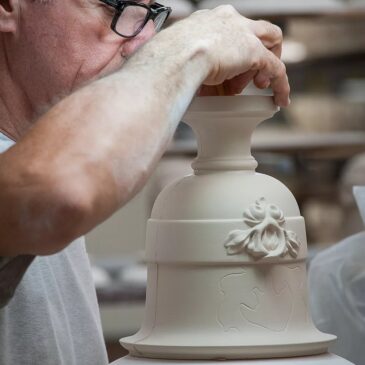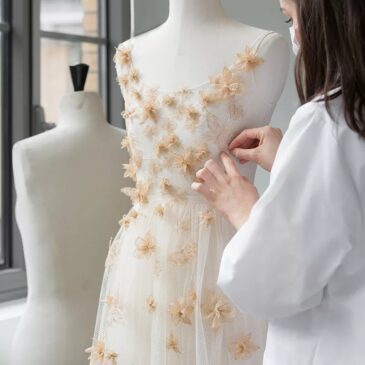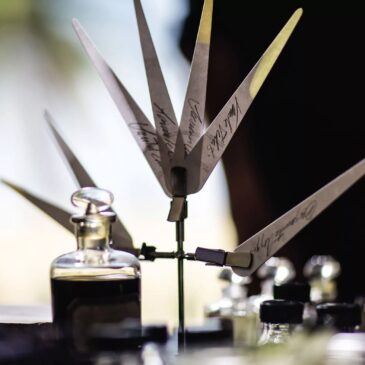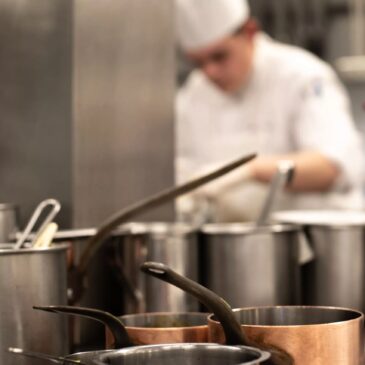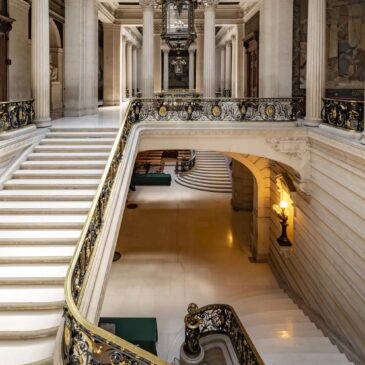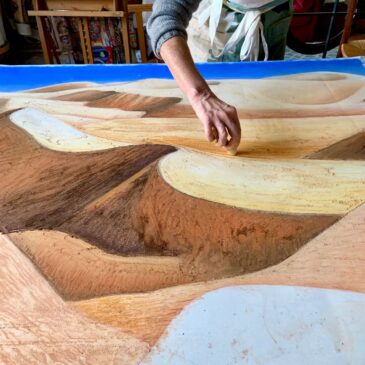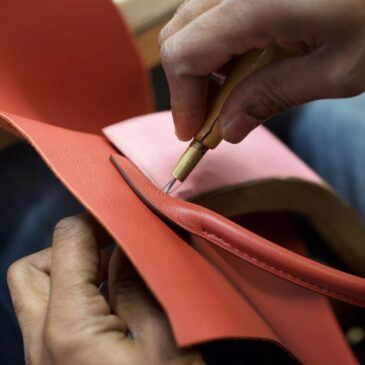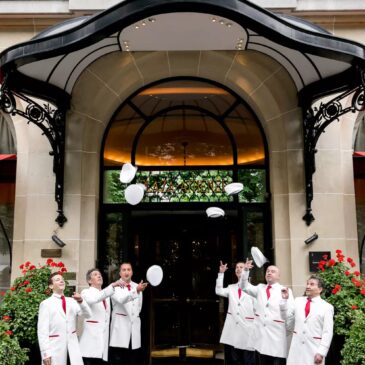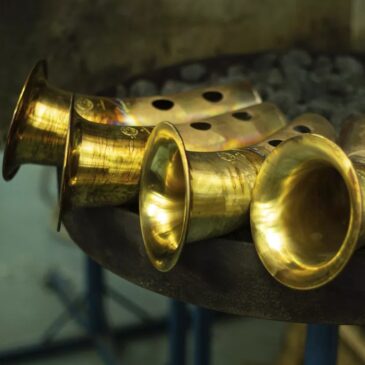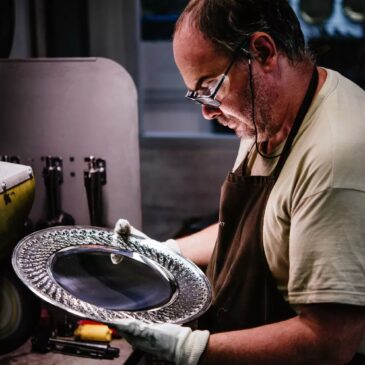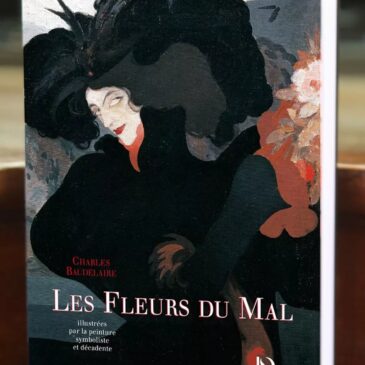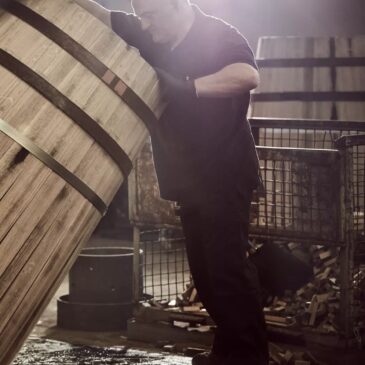Jewelry
& Horology
Paris has been the global epicentre for haute joaillerie since the 16th century thanks to three monarchs who saw jewellery as a means of making France sparkle, both literally and figuratively.
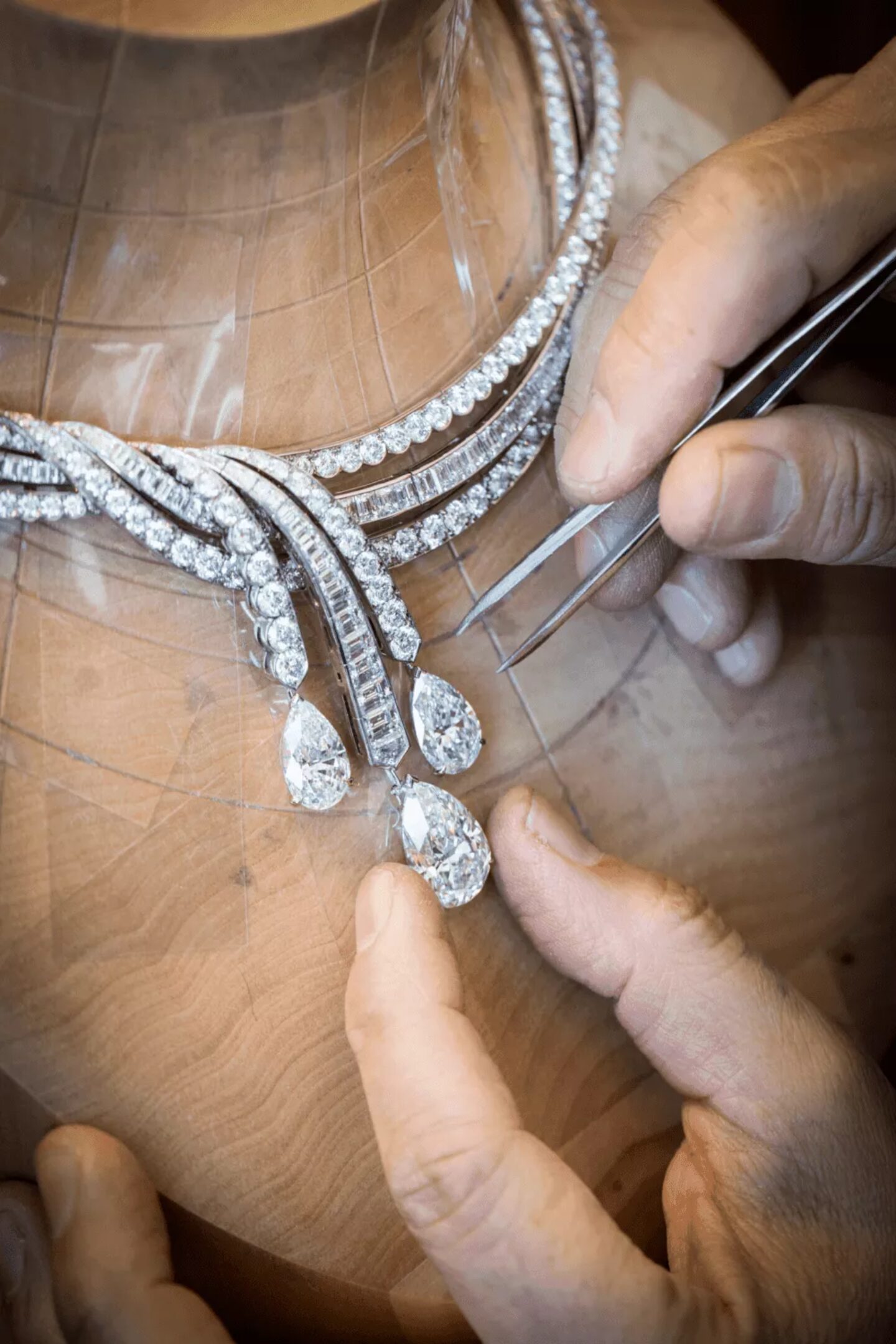
Francis I
and the French Crown Jewels
It all started with the creation of the French Crown Jewels, instigated by King Francis I in 1530. This was a collection of the French monarchy’s jewels as well as those from the First and Second Empires, and, ultimately, those of the French Republic.
Sovereigns had an inalienable right over their jewels and gems. It was only upon their death that these precious possessions would be given to the Treasury to then be passed down to their heirs.
Over time, this collection grew and became one of the most extraordinary ever composed in the West. Some have survived and can still be seen today, such as the Regent Diamond, which has been kept at the Louvre since 1887.
Louis XIV,
an adamantine passion
The increased popularity of jewellery can also be attributed to the Sun King, a great lover of gems. He particularly loved diamonds, which he wore as buttons, on his sword, on shoe buckles and buttonholes, and as trim on pocket flaps. He bought extraordinary specimens, such as his blue diamond, of more than 115 carats, which was then recut to be set in an insignia piece for the Royal Order of the Golden Fleece. It is thanks to Louis XIV that Paris became the capital of haute joaillerie as the best artisans flocked to the city to compete in the art of gem-cutting to increase the stone’s sparkle. It was also the Sun King who decided to build Place Vendôme in Paris in 1699. However, it wasn’t until the 19th century that jewellers opened their boutiques on the square.
Josephine,
ambassadress of French jewellery
French haute joaillerie also owes a great deal to Napoléon I who gave the luxury industries a new impetus after the upheaval of the revolution. Empress Josephine was the best ambassador, placing fabulous orders with the finest jewellers. She is also to thank for the tiara, diadem, cameo, and carved gem trends, as well as coral, a few pieces of which are still sometimes displayed at Place Vendôme.
A brief
history of French horology
While the first French horologist Thomas Bayard, from France’s Lorraine region, was classed in the census records of 6 November 1554 as a goldsmith and horologist, the horology tradition dates back to two centuries earlier when monumental mechanical clocks were created in bell towers and belfries, the most famous examples of which can be found in Strasbourg, Lyon and Rouen. It was the Regent Philippe II, Duke of Orléans , an admirer of the mechanical arts, who created an association of elite artists, leading in particular to the development of an equation clock, praised by the French Academy of Sciences.
Hundreds of horologists then went on to perform their artistry in France’s major cities. The revocation of the Edict of Nantes and the exodus of numerous protestants, who often worked in métiers linked to watchmaking and jewellery, dealt a hard blow to France’s horology. It did, however, experience another golden age in the 18th century. In Paris and Versailles, watchmakers Ferdinand Berthoud, Jean-Antoine Lépine, and Abraham Breguet developed new techniques and sold increasingly more prestigious models. Around the same time, clockmaker Jean-André Lepaute (1720-1789), whose traité d’horlogerie (a major reference work) was published in 1755, provided Paris with most of its large public clocks, including the one at the Luxembourg Palace (photo).
